- youtube
- bluesky
- Home
- About
- Costume Journal
- Membership
- Conference & Events
- Grants & Awards
- News & Social
In this weeks blog, Fashion Historian and Milliner Jo Lance takes us behind the scenes of her new exhibition ‘Hats off to Hats! Revisited’ at Worthing Museum and Art Gallery. Focusing on one particularly exquisite Edwardian Hat from John Lewis, Jo explores the historical significant and conservation efforts required for display.
This summer I had the pleasure of helping curator Gerry Connolly create an exhibition of fifty hats and items of headwear for exhibition at the Norwood Gallery in Worthing Museum and Art Gallery, Sussex. This exhibition was designed as a sequel; in 2018, selected hats from Worthing’s extensive collection went on loan to Switzerland for an exhibition entitled Hats off to Hats! Of these, a group of twenty-one hats underwent conservation at Zenzie Tinker Conservation Studio (ZTC) in Brighton prior to transit. Our exhibition at Worthing, therefore, was an opportunity to redisplay many of these pieces in the Museum, some for the first time in years, while providing for viewers some context into the processes of textile conservation.
The hat and headwear collection at Worthing represents over three hundred years of fashion, from the seventeenth century to the present. Hats are often particularly vulnerable items in museum collections; they are made from delicate materials such as fine straw, with fragile trims and feathers, they are apt to crush easily or attract moths. They are composite structures involving many different materials, for example hats and bonnets in fabric or straw often contain metal wire frames or brim supports. They might be difficult to clean and retain the traces of wear. Unlike many textiles or garments which may be carefully folded, their shapes must be maintained while in storage. This exhibition therefore foregrounds some of the ingenious methods used by textile conservators to stabilise the natural processes of decline. Several hats and bonnets are exhibited on their custom conservation storage mounts, with their ribbons rolled around tissue supports. Usually, these elements would be removed prior to exhibition.
One of the highlights of the exhibition is a hat made by John Lewis c.1910-1912, a large black straw hat trimmed in velvet, with ribbon bows and ostrich feathers in tones of purple, mauve and dusky pink. This hat underwent considerable conservation with the specialists at ZTC. I was fortunate enough to join the team at their studio in 2018, and to gain some hands-on work experience with this hat. The hat was carefully analysed and given a number of treatments. At the time, the hat was physically sound, but the straw and trims were heavily ingrained with dust and the shape had been squashed from storage in an inappropriately sized box. The surface materials of the hat were painstakingly cleaned with tiny swabs to remove dust. The ribbons were humidified to minimise creasing and then given transparent supports inside the loops of the bows. The domed crown of the hat was re-shaped and given an internal support where the straw had begun to cave in. This support was created from polyester wadding over an acid-free archival card base, and then covered in black silk to match the original black silk lining of the hat. A handling tray for the hat was made, to reduce the need to handle the hat by the brim when lifting the hat in and out of the box.
And so began my interest in this hat. The hat is dated to the period of the vogue for wide black ‘Merry Widow’ hats following the immense popularity of the style worn by actress Lily Elsie on the London stage in 1907. Elsie wore an oversized hat trimmed with plumes of feathers designed by London designer Lucile (1968-1935) which kickstarted a craze. Hats grew wider as skirts and high waisted dresses narrowed, and the fashion for extra wide hats peaked c.1911. The fashions of the turn of the century were dramatic and characterised by a stylised hyper-femininity; and actresses and society beauties were the key style influencers of the period.
The period from 1900 to 1929 saw the beginnings of the modern concept of glamour and celebrity, in the opulence and display of the theatre and the demi-monde, and fashionable magazines were punctuated by studio portraits of both aristocrats and actresses who had married into society. Their identities were carefully constructed using costume and millinery; images of modish women in newspapers, advertising and postcards were shown swathed in luxurious and sensual fabrics, furs and always, extravagant hats. Their hats were huge, draped with tulle and sweeping with ostrich plumes, atop hair rolled around pads and augmented with hairpieces to increase height and volume which added to the general mode of theatrical artifice and exoticism.
The exaggeratedly feminine Edwardian hat might have concealed a weapon or two. Hats could be secured by the use of sharp ornamental hat pins, up to twelve inches long. In the early 1900s, it was increasingly feared that women might use their hat pins as weapons. As the women’s suffrage campaign became increasingly disruptive and gained traction in the media, questions were asked in Parliament about the wisdom of allowing women wearing hat pins access to the public gallery in the Commons. The idea of the modern female using hat pins as an instrument of self-defence was satirised in cartoon strips, fiction and even in the lyrics of a cheeky music hall ballad, ‘Never Go Walking Out Without Your Hat Pin’ which suggested that a young woman might have need of her secret weapon to repel the advances of amorous men. Controversies over hat pins reflected social anxieties over the changing roles of women, their visibility, availability and their independence.
This hat was made by John Lewis, and the history of the department store is a fascinating chapter in women’s history. During the Victorian period there had been few public spaces which a respectable woman could enter unchaperoned, but by the early 1900s, department stores aimed to create modern and inviting spaces for female customers, a place to see and be seen. Women were therefore inextricably linked with modernity through the consumption of fashionable goods, and shopping with leisure and liberation for those who could afford it. However, this apparent freedom was somewhat superficial, as highlighted in 1912, when female suffrage campaigners smashed the windows of West End department stores Harrods, Harvey Nicholls and Fortnum and Mason as a political statement.
Seeing this hat brought back to life by the specialist treatments of conservators was a fascinating process which I was fortunate to have played a small part in. Today, as hat-wearing has fallen out of conventional use, historical hats can seem to be distant objects, archaic and mysterious; a century ago, hats were as essential as shoes when leaving the house. Textile conservation plays a vital role in the safeguarding of material culture for future study and exhibition and ensures that objects such as these fragile and precious hats continue to speak to us for years to come. Hats from the early 1900s speak of an opulent era of etiquette and formality, of carefully constructed femininity. If we look a little closer, they also tell of advances made in women’s lives, politics and the ownership of public space, a story which is continuing to unfold.
"Hats off to Hats! Revisited" runs from the 20th August until Sunday 13th November in the Norwood Gallery at Worthing Museum and Art Gallery. The admission is free!
Follow Worthing Museum on Instagram and Facebook. Follow Zenzie Tinker Conservation studio on Instagram.
Jo Lance is a PhD student in her third year of a Techné - funded CDA with the University of Brighton and Worthing Museum and Art Gallery. Her research is concerned with historical millinery, embodied recreative practice and amateur craft, c.1920-1950. She has a background in textiles and millinery and has been a volunteer at Worthing Museum since 2016.
Image gallery

Hat made by John Lewis c.1910-1912, Worthing Museum
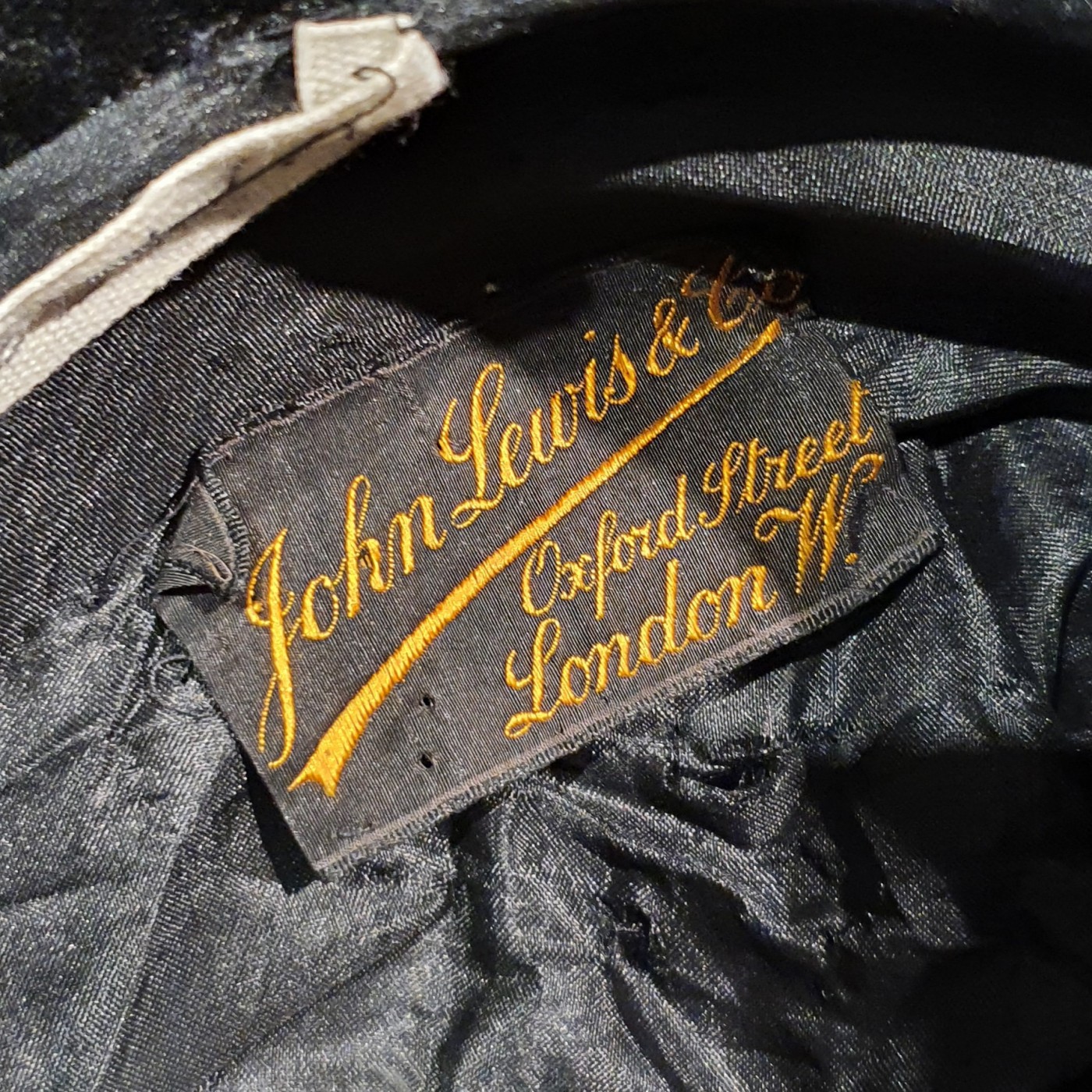
Hat made by John Lewis, c.1910-1912, inner detail Worthing Museum
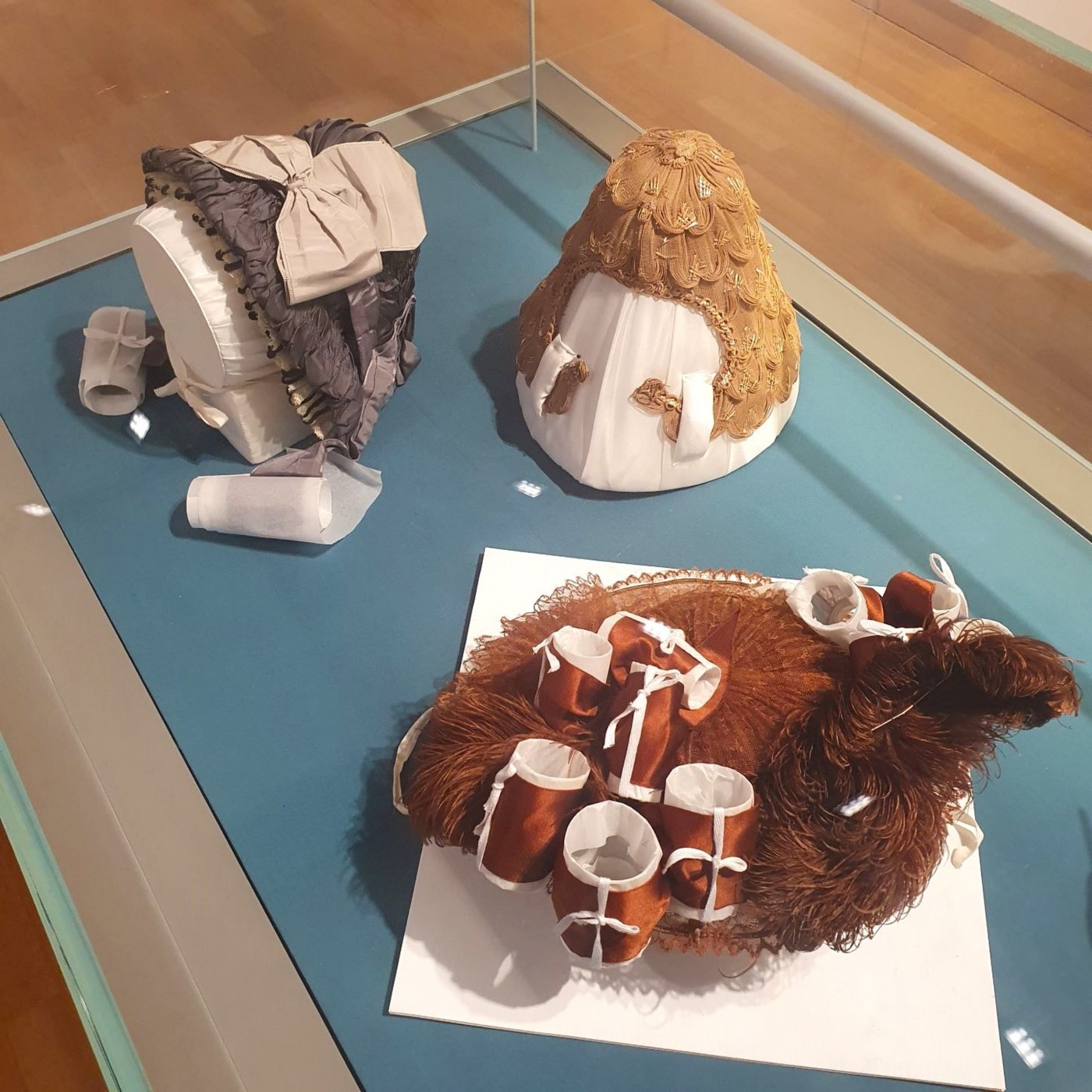
Hats Conerved by Zenzie Tinker Studio, Worthing Museum
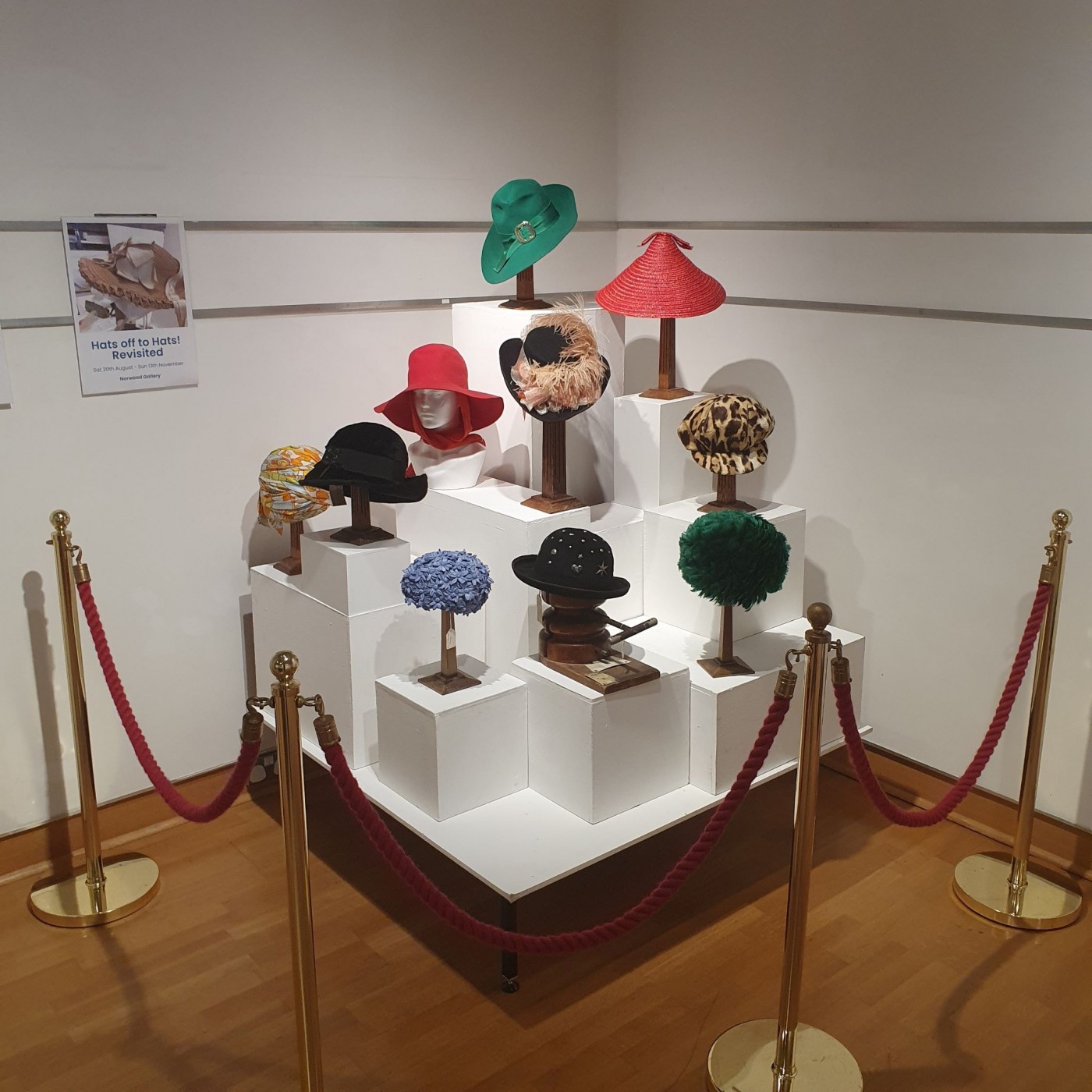
"Hats off to Hats! Revisited", Worthing Museum
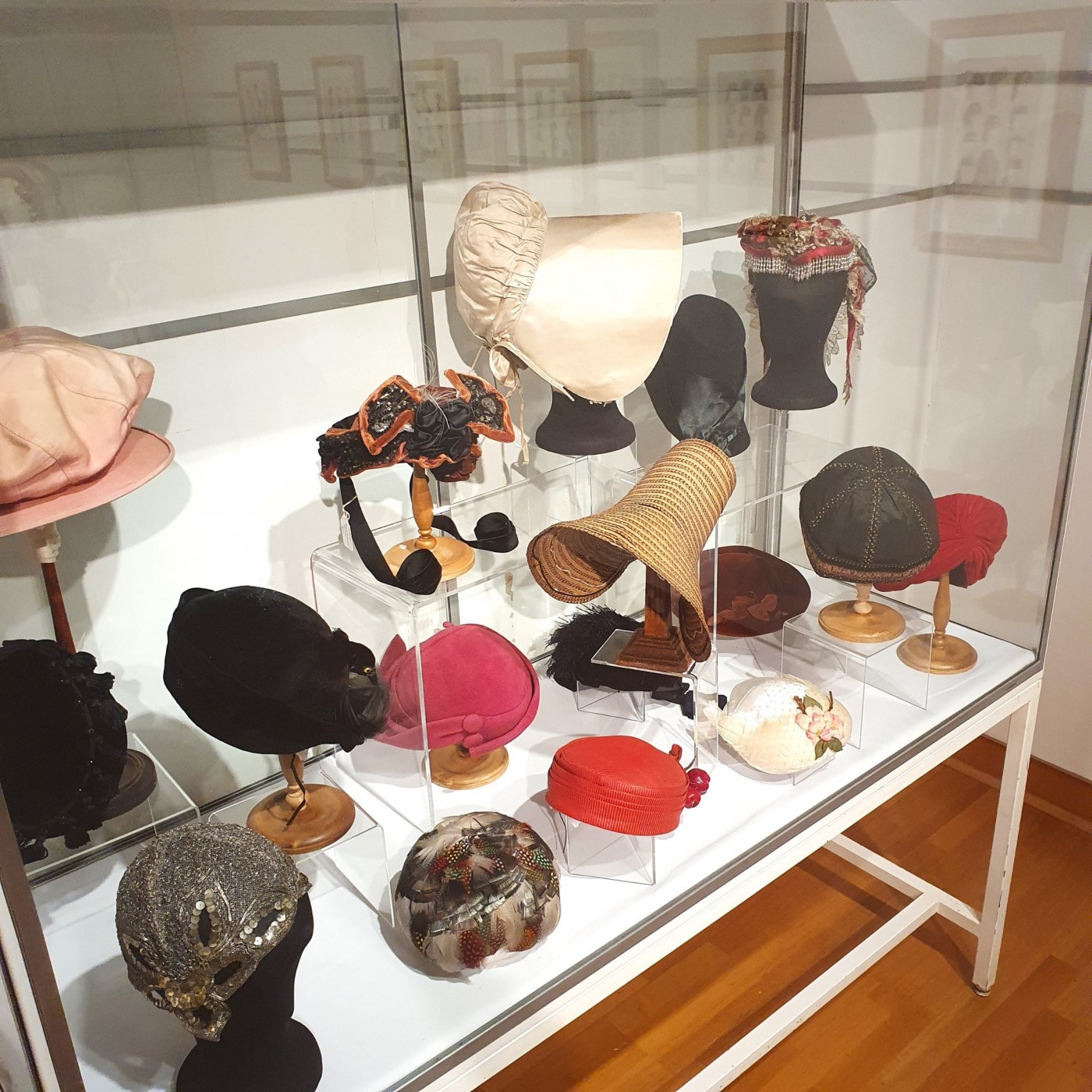
"Hats off to Hats! Revisited", Worthing Museum
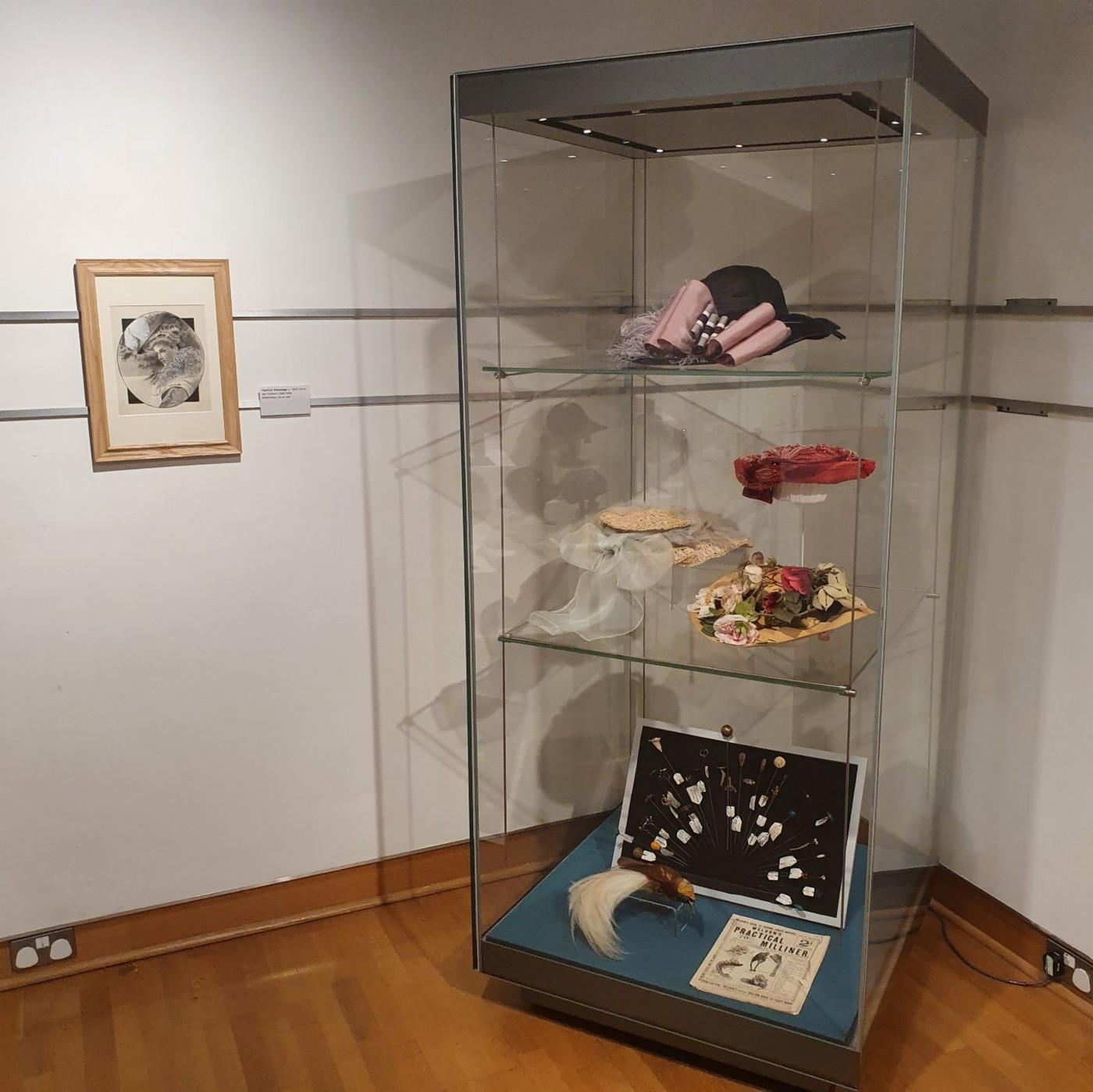
"Hats off to Hats! Revisited", Worthing Museum